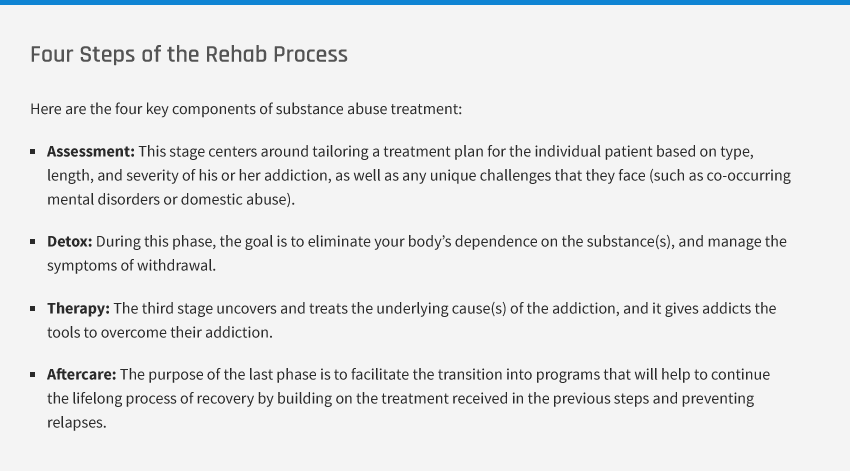Detoxification is the process of eliminating a specific substance from your body, which starts as soon as you stop taking the substance and ends when no trace of the substance is left in your bloodstream. Because it’s best to stop using ketamine cold turkey, detox can be extremely difficult to endure and includes intense cravings and psychological discomfort.
The initial comedown/detox from ketamine should begin within 24 hours, which generally is the maximum length of time it takes for the total elimination of the drug from your bloodstream. Although withdrawal symptoms vary, early symptoms often include fatigue, chills, sweating, tremors, irregular heartbeat, and loss of appetite. Withdrawal usually lasts four to six days with psychological withdrawal symptoms being the most dangerous. These can include intense depression that may increase suicide risk, flashbacks, hallucinations, and psychosis. Although withdrawal symptoms are usually not as severe as they are for many other drugs, overall dissatisfaction with life and strong cravings to continue using the drug make detox difficult.
Withdrawal Symptoms
Psychotic behaviors are unpredictable during ketamine withdrawal
It can be difficult to detox from ketamine because of extremely unpredictable psychotic behaviors you may experience during the withdrawal process. Ketamine-induced psychotic behaviors can include schizophrenic-like behavior, which can occur while under the influence or during withdrawal.
Ketamine use can cause hallucinations and flashbacks that can continue during withdrawal
Ketamine is considered a hallucinogenic, and even casual use may cause you to experience hallucinations, which may be intensified with heavier use and include distorted sounds and colors, hearing sounds or voices that aren’t there, or seeing things that aren’t real. These hallucinations may not stop right away when you quit using ketamine, and flashbacks may occur for several weeks after using ketamine last.
Ketamine withdrawal can lead to severe depression and suicidal thoughts
Intense craving and depression are the two most common problems reported by chronic users, which continue throughout withdrawal. Severe depression and a general feeling of unease and dissatisfaction with life could spark suicidal thoughts.
Ketamine Detoxification Medications
There’s limited research on the management of ketamine withdrawal, and the FDA has yet to approve any medications for the treatment of ketamine addiction. However, some rehab programs may attempt to relieve specific symptoms with proven medications. An antidepressant may be prescribed to counter depression, or a glutamate release inhibitor may help with depression and cravings. If you display extreme anxiety or agitation, you may be given benzodiazepines to control these symptoms. Supportive care, especially intravenous fluids, is another vital part of the recovery process.
For more information about withdrawal, read our guide on Ketamine Addiction.


